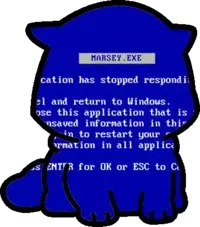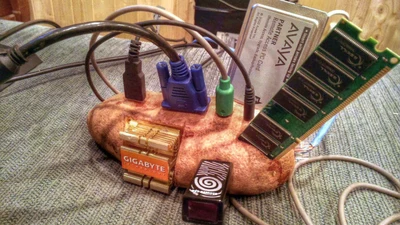TunnelVision, as the researchers have named their attack, largely negates the entire purpose and selling point of VPNs, which is to encapsulate incoming and outgoing Internet traffic in an encrypted tunnel and to cloak the user's IP address. The researchers believe it affects all VPN applications when they're connected to a hostile network and that there are no ways to prevent such attacks except when the user's VPN runs on Linux or Android. They also said their attack technique may have been possible since 2002 and may already have been discovered and used in the wild since then.
( . . . . )
Interestingly, Android is the only operating system that fully immunizes VPN apps from the attack because it doesn't implement option 121. For all other OSes, there are no complete fixes. When apps run on Linux there's a setting that minimizes the effects, but even then TunnelVision can be used to exploit a side channel that can be used to de-anonymize destination traffic and perform targeted denial-of-service attacks. Network firewalls can also be configured to deny inbound and outbound traffic to and from the physical interface. This remedy is problematic for two reasons: (1) a VPN user connecting to an untrusted network has no ability to control the firewall and (2) it opens the same side channel present with the Linux mitigation.





























Jump in the discussion.
No email address required.
Jump in the discussion.
No email address required.
explain for me and my flock of !r-slurs
Jump in the discussion.
No email address required.
From a fellow r-slur
Normally you -> router(sends to) -> VPN server
A DHCP basically assigns who's who on your local network (wifi)
By changing this DHCP setting it becomes
You -> (DHCP server controlled by ) -> router -> vpn server
) -> router -> vpn server
Meaning can see where the data is heading to and potentially control where it comes from and what's coming back.
can see where the data is heading to and potentially control where it comes from and what's coming back.
BUT this can only be done on your LOCAL network, meaning your WiFi has to be controlled by for him to do this. Meaning on stuff like public WiFi it's a threat.
for him to do this. Meaning on stuff like public WiFi it's a threat.
If tries to do this at your home, he's in range for
tries to do this at your home, he's in range for 

 a beat down
a beat down
Jump in the discussion.
No email address required.
i imagine cell networks are resilient to such a thing
Jump in the discussion.
No email address required.
lol no cell networks are only secure until some engineer pokes around. All things are insecure since we send info to one another and to figure which gets what we need to be open.
However it's a nothingburger since the network has to be compromised and that has always been a dangerous thing itself
Jump in the discussion.
No email address required.
Now that it's common knowledge that you can perform this exploit, it seems like a something burger. Previously you could use your vpn in public and there was a super small chance of this exploit being present.
Putting the in
in
spookieturkeyJump in the discussion.
No email address required.
More options
Context
More options
Context
More options
Context
More options
Context
More options
Context
More options
Context